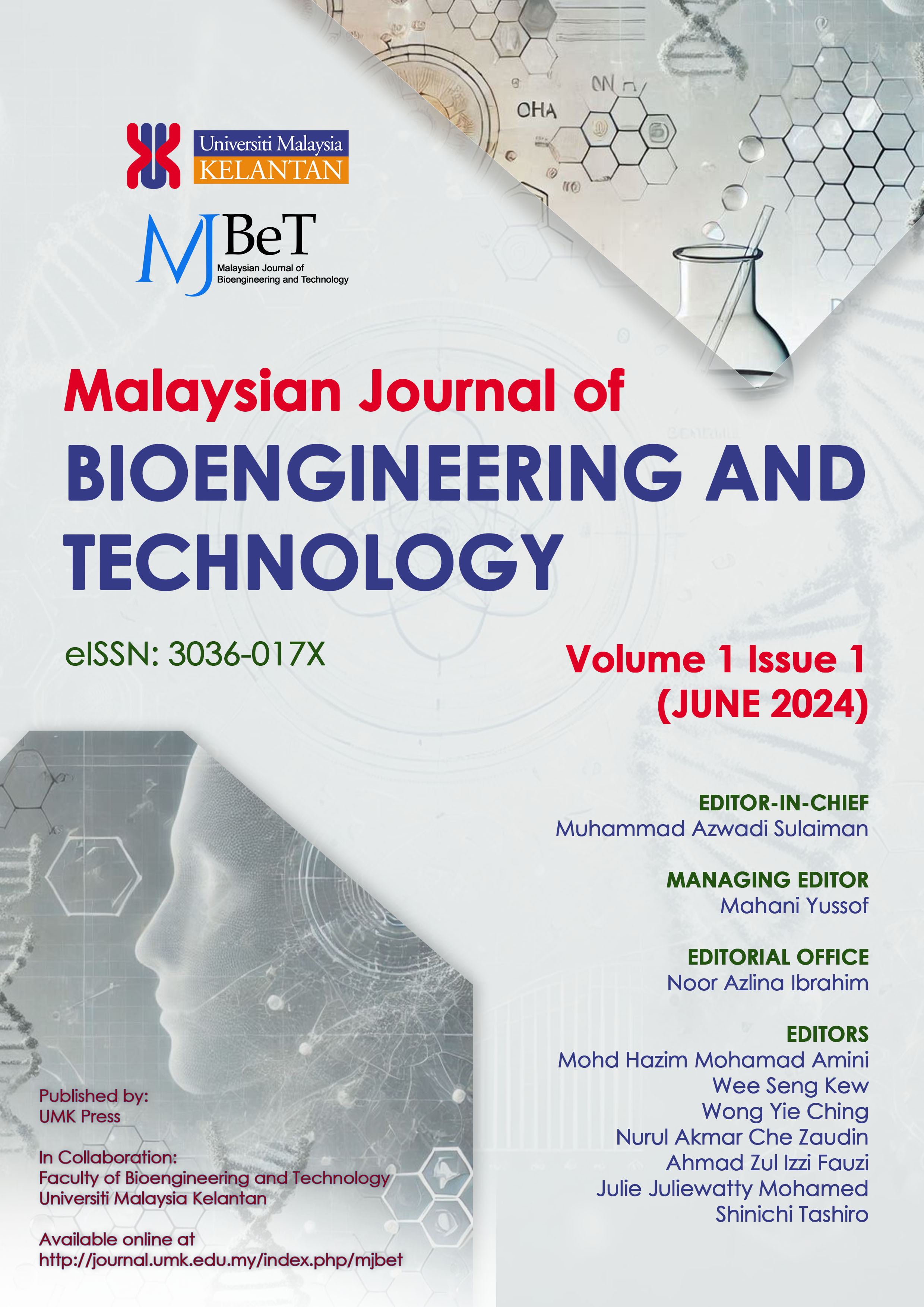Effects of Mechanical Activation Time and Speed on the Steel Slag Powder Characteristics for Wastewater Treatment
DOI:
https://doi.org/10.70464/mjbet.v1i1.1445Keywords:
Steel slag, High-energy milling, Wastewater treatment, Reducing agentAbstract
Steel slag has a high iron content, which could be advantageous in producing iron-rich salt sources for wastewater treatment. Producing iron-rich residue from steel slag to be applied as ferrous sulfate demanded powder activation to achieve high absorption efficiency during coagulation. Mechanical activation via high-energy ball milling was one of the methods that could minimize the poor grindability of steel slag. The effect of milling time (2 h, 8 h, 10 h, and 20 h) and milling speed (200 rpm, 250 rpm, and 300 rpm) on the powder characteristics were observed on the as-milled powder. The phase identification of mineral composition presented the gehlenite, larnite, magnetite, quartz low, kyanite, and wuestite similar to that in raw steel slag. These phases’ crystallinity was more pronounced at 20 h and 300 rpm, indicating that the internal structure of the powder was altered through mechanical deformation during the milling process. The morphology of the as-milled steel slag with increasing milling time and speed showed a reduction of particle size and was more uniform. Milling time (up to 20 h) and speed (300 rpm) were identified as optimum parameters for producing the finest particle size, which is also supported by its surface area (3.356 m2/g). This study has obtained that increasing milling parameters in high-energy ball milling and speed could reduce the particle size of steel slag powder. The powder might be applied as a reducing agent in wastewater treatment.


